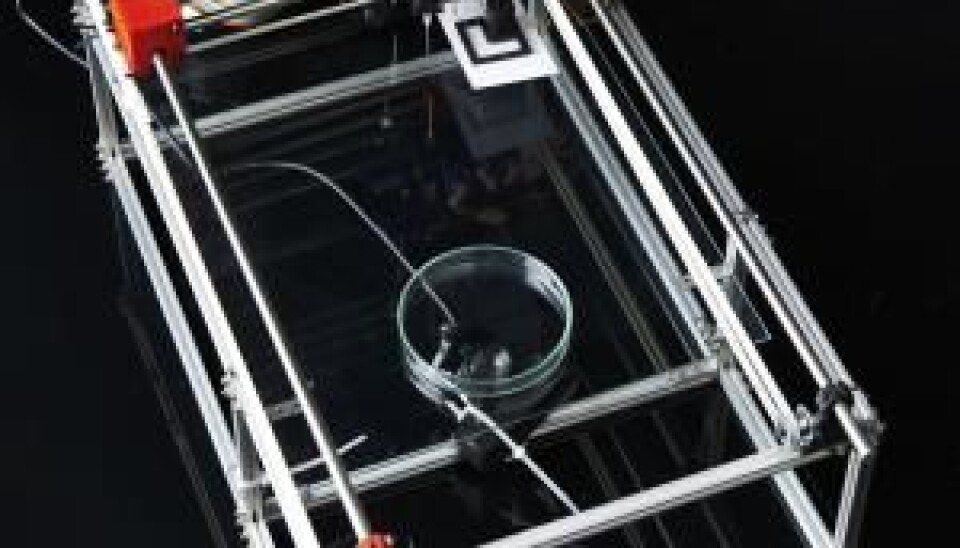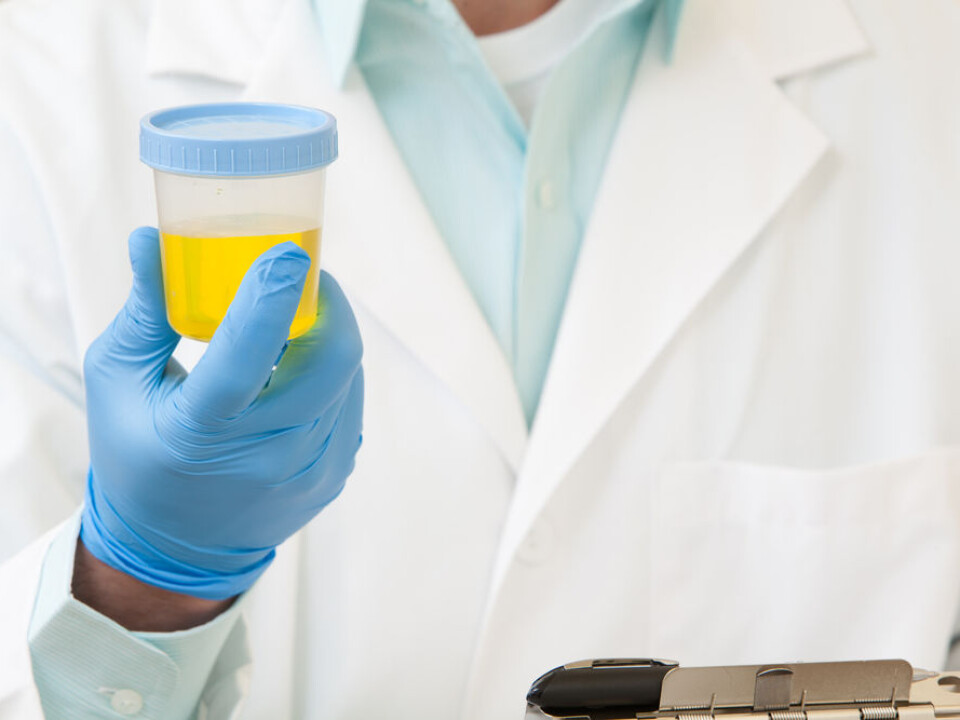
New robot will help scientists turn pee into electricity
Danish scientists have created a new member of staff: the robot EVOBOT. Among other things, EVOBOT will help scientists find out how pee can be turned into electricity.
In the near future, the simple robot EVOBOT, made from 3D printers, will take over the heavy, repetitive work that today requires human researchers and lab technicians.
When EVOBOT is fully developed, it will be so cheap that even small companies can afford to get one, says Kasper Støy, associate professor at the IT University of Copenhagen.
Using a camera, the robot will survey developments in petri dishes. It is able to add different substances and monitor how it affects the processes in the dishes.
“EVOBOT is a medical-, chemical-, and microbiological robot. We expect that it can help scientists get new results faster,” says Støy.

Today, when a discovery is made in a petri dish, the process needs to be repeated several times to validate the results. This needs to be done by lab technicians, and it takes a long time. Instead, EVOBOT could do the job.
The challenge of charging a phone with pee
The robot has been developed for a specific research project. The project involves finding a mix of bacteria and chemicals that can convert organic material into electricity by transforming the material into so-called microbiological fuel cells.
Støy's colleagues in England have shown that while a mobile phone can be charged with urine, it'll only charge it enough for a few minutes of conversation. Therefore, the research must continue.
“We need to keep working on making microbiological fuel cells so efficient that they can generate power and clean wastewater,” says Støy.
Robot made from 3D printer
The printhead from a 3D printer is one of the most important part of the robot. The printhead can move in all directions. So when the scientists added a syringe to it, they create a machine that could move to a given place in a petri dish and deposit a given amount of a given fluid there.
Using a camera and other sensors, the robot keeps an eye on the petri dish – and takes any developments into consideration when conducting the next step in the experiment.
“All that it takes is relatively simple artificial intelligence,” says Støy. With EVOBOT experiments can be automated, optimised and repeated many times at a low cost.
Leading lab technician: the EVOBOT is alright
One would think that lab technicians around the world wouldn’t be bidding the EVOBOT a very warm welcome, as such an invention might make some fear for their jobs.
The EVOBOT is relatively cheap and simple to produce and it can manage some of the tasks that are traditionally carried out by lab technicians. However, Susanne Bahne Hansen, president of the Danish Association of Laboratory Technicians, is not worried.
Last year the Association held a conference about how lab technicians should respond to the new technology, because robots, like EVOBOT, have already made their way into the labs.
“So far the Danish Association of Laboratory Technicians has not found that robots and automations in labs have affected the number of jobs within the profession. Far from it,” says Hansen.
She explains that the type of the work lab technicians do might change, but not for the worse. The many robots need to be implemented and maintained which is an ideal job for a lab technicians.
Hansen is optimistic:
“First and foremost, I regard the robots in the lab as a considerable aid for the lab technicians. They can help eliminate some of the work that causes strain injuries.”
Støy expects that the EVOBOT will be ready in November 2014. It will then be shipped to the UK where his English colleagues will use it to further develop the pee-electricity technology.









